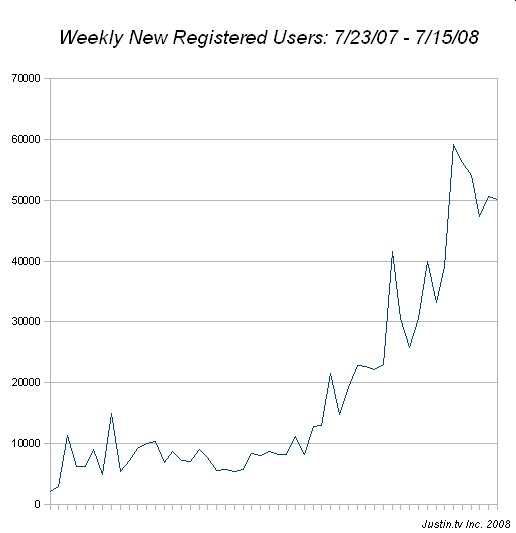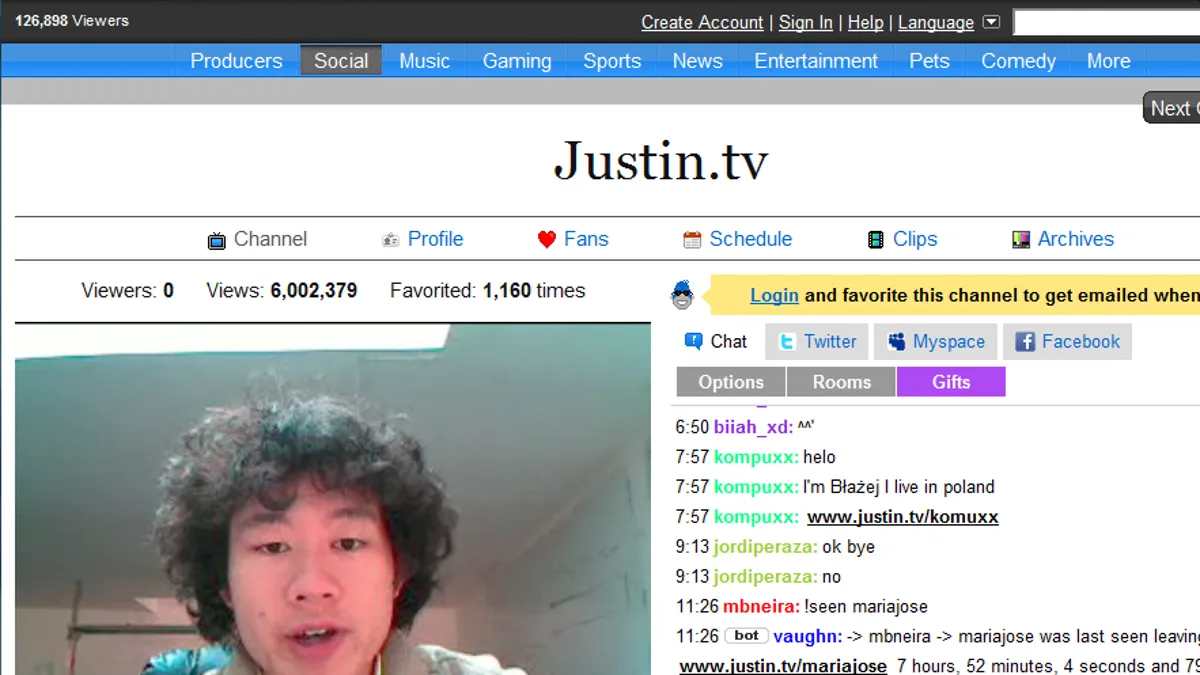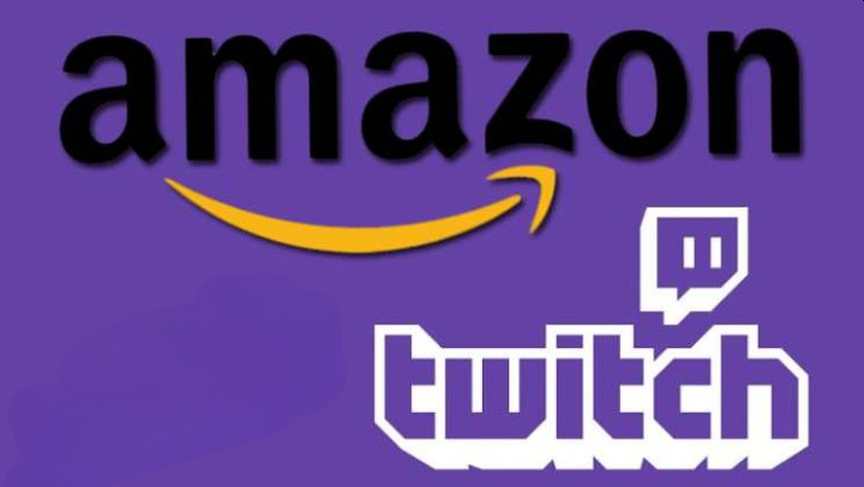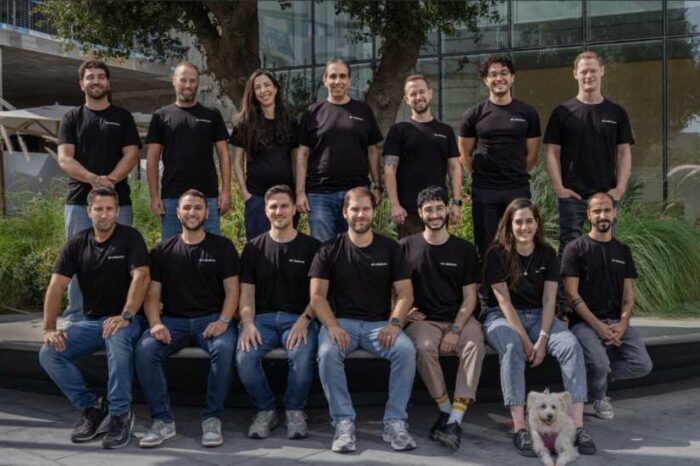From Mockery to Millions: How This Guy Live-Streamed His Life and Turned It Into a $970 Million Payday

In 2007, Justin Kan did something that had people shaking their heads. He strapped a webcam to his baseball cap, connected it to a laptop in his backpack, and began live-streaming his life. Every moment—yes, even bathroom breaks—was broadcast to the internet.
His friends thought he’d lost it. The media ridiculed him. Trolls harassed him.
But Justin kept streaming.
Seven years later, Amazon handed him $970 million for his so-called “crazy” idea, forever changing how we consume entertainment.
The Beginning of Something Strange
Justin’s live-streaming experiment wasn’t polished. It was raw, awkward, and, frankly, bizarre. His makeshift setup drew curiosity but also ridicule.
Comments rolled in:
- “Who cares about watching someone eat cereal?”
- “This is just plain dumb!”
Pranksters joined in, filing fake police reports to his apartment and flooding him with deliveries he didn’t order. For most people, this might have been the end of the road. But Justin saw something others didn’t.
Picture this: A young man straps a webcam to his baseball cap.
He connects it to a laptop in his backpack, creating a makeshift mobile broadcasting system.
His mission? Stream his entire life. 24/7. No breaks.
But people thought he’d lost his mind… pic.twitter.com/daSnF3x3BG
— Baptiste (@BaptisteVicini) January 2, 2025
Here’s another video of Justin
“Who wants to watch someone’s boring life?”
“This is the dumbest idea ever!”
“Get a real job!”The media mocked him. Pranksters harassed him.
They even sent fake police reports to his apartment.
Ordered endless deliveries to his door.But something unexpected was about to… pic.twitter.com/BwAFaIUtGL
— Baptiste (@BaptisteVicini) January 2, 2025
From Lifecasting to Gaming Gold
His platform, Justin.tv, was meant to showcase everyday life. But the real treasure wasn’t in the mundane moments or daily routines.
It lay somewhere unexpected–users gravitated toward one specific type of content: gaming.
They pivoted entirely to gaming.
Rebranded as Twitch.
And then something magical happened:
They cracked the code on streaming costs. pic.twitter.com/BEo2GPOeRc
— Baptiste (@BaptisteVicini) January 2, 2025
Watching people play video games became the unexpected breakout hit. Justin.tv exploded in popularity, attracting 30,000 broadcasting accounts within months.

Justin and his team decided to make a bold move. They pivoted the platform entirely to focus on gaming and rebranded it as Twitch.
This wasn’t just a minor tweak—it was a seismic shift in how live-streaming was used. This decision wasn’t just smart—it was transformative.

Cracking the Streaming Code
Streaming in the early 2000s wasn’t cheap. For every hour of content, it costs $0.36 per viewer. That kind of expense made scaling the platform nearly impossible. But Justin’s team innovated, slashing streaming costs to less than 1 cent per hour per user.
With this technical breakthrough, streaming suddenly became viable for massive audiences. This breakthrough made large-scale game streaming viable for the first time in history, and Twitch took off.
But it wasn’t just about streaming games—it was about creating an entirely new form of entertainment.

Changing Entertainment
Twitch didn’t stop at streaming games; it reshaped the gaming landscape. Developers started designing games specifically with streamers in mind. Classic games were brought back to life with fresh commentary from content creators.
Esports tournaments began gaining mainstream attention, even landing coverage on ESPN. Gaming went from a niche hobby to a global phenomenon, and Twitch was at the heart of it. The impact was revolutionary. A new era of interactive entertainment had begun.
From Mockery to Millions: How a “Crazy” Idea Became a $970 Million Payday
The Amazon Deal
By 2014, Twitch had grown into a juggernaut with:
- 55 million monthly viewers
- 15 billion minutes watched every month
- Over 1 million active broadcasters
Google was interested in acquiring Twitch, but Amazon had bigger plans. They saw Twitch as the future of interactive entertainment.
Amazon’s $970 million offer came with a critical promise: Twitch would remain independent. While Google wanted to merge Twitch into YouTube, Amazon let them keep their culture, vision, and identity.
The decision paid off.
The Takeaway
Justin Kan’s story is a reminder that ideas that seem outlandish often hold the most potential. What started as a ridiculed experiment became a cultural movement and one of the most influential platforms in entertainment history.
Sometimes, the boldest ideas are the ones worth pursuing. This piece is inspired by Baptiste Parravicini:, CEO of apidays.global, who originally shared this story in a compelling thread on X. Hats off to him!





